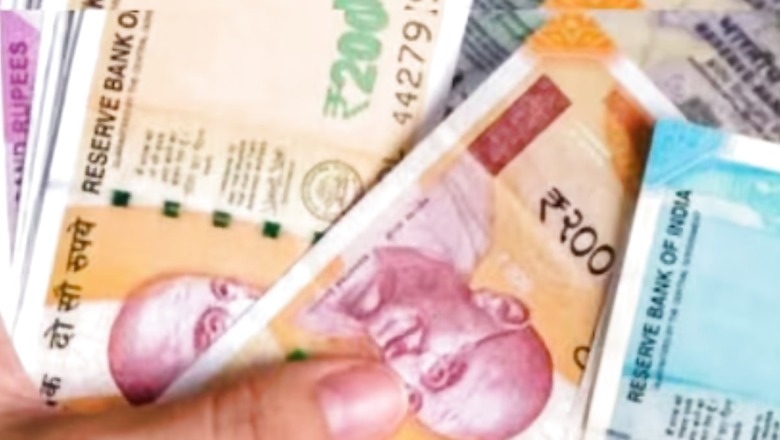
views
Even as the company’s asset quality is improving and is now at a decadal low of 3.9 per cent, about 10 per cent of retail borrowers are missing their monthly payments, according to the RBI’s latest Financial Stability Report.
According to data in the report, SMA-0, SMA-1 and SMA-2 in the retail advances in public sector banks (PSBs) stood at 9.4 per cent as of March 31, in total.
A special mention account (SMA) indicates the stress in loan accounts in India. They are of 3 types — SMA-0, SMA-1, and SMA-2. If the interest of the principal payment is delayed but not overdue by more than 30 days, it is put under SMA-0. If the payments are overdue between 31 and 60 days, it is categorised as SMA-1. Finally, if the payment is overdue between 61 and 90 days, it is called SMA-2.
Non-performing assets (NPAs) or bad loans are loans that are overdue by over 90 days.
“Although the gross non-performing ratio of retail loans at the system level was low at 1.4 per cent as of March 2023, the share of ‘special mention accounts’ was relatively high at 7.4 per cent for scheduled commercial banks (SCBs) and it accounted for a tenth of their retail assets portfolio,” RBI said in the report.
Meanwhile, state-owned banks’ gross NPAs from the credit card segment have doubled to 18 per cent at the end of FY23, the Reserve Bank of India said on Wednesday. It was about 9 per cent in the year-ago period and the same stood at around 15 per cent in September 2022.
The data release comes amid news reports stating that the RBI has been cautioning banks about the risks of unsecured books, which includes credit cards, personal loans, and microfinance.
The FSR released on Wednesday said at an overall level, there was a marginal uptick in the NPAs in the credit card receivables category for the banking system in FY23 at 2 per cent.
Even as the state-run lenders showed heightened stress, private sector banks’ GNPAs from credit card receivables remained broadly flat at 1.9 per cent, while the same was 1.8 per cent for foreign banks.
At an overall level, the banking system’s GNPAs fell to a 10-year-low of 3.9 per cent at the end of FY23, and are expected to improve further to 3.6 per cent by the end of FY24 under the baseline scenario, RBI said.
Meanwhile, RBI said that high inflation coupled with a rise in borrowing costs adversely impacts the finances of households and their loan repayment capacity and stressed that this can have implications for lending banks.
Identifying different measures of risks using individual home loan data, it found that a twin shock in the form of a simultaneous increase in inflation and lending rates can put even households with sustainable repayment capacity at risk and double the loans at risk.


















Comments
0 comment